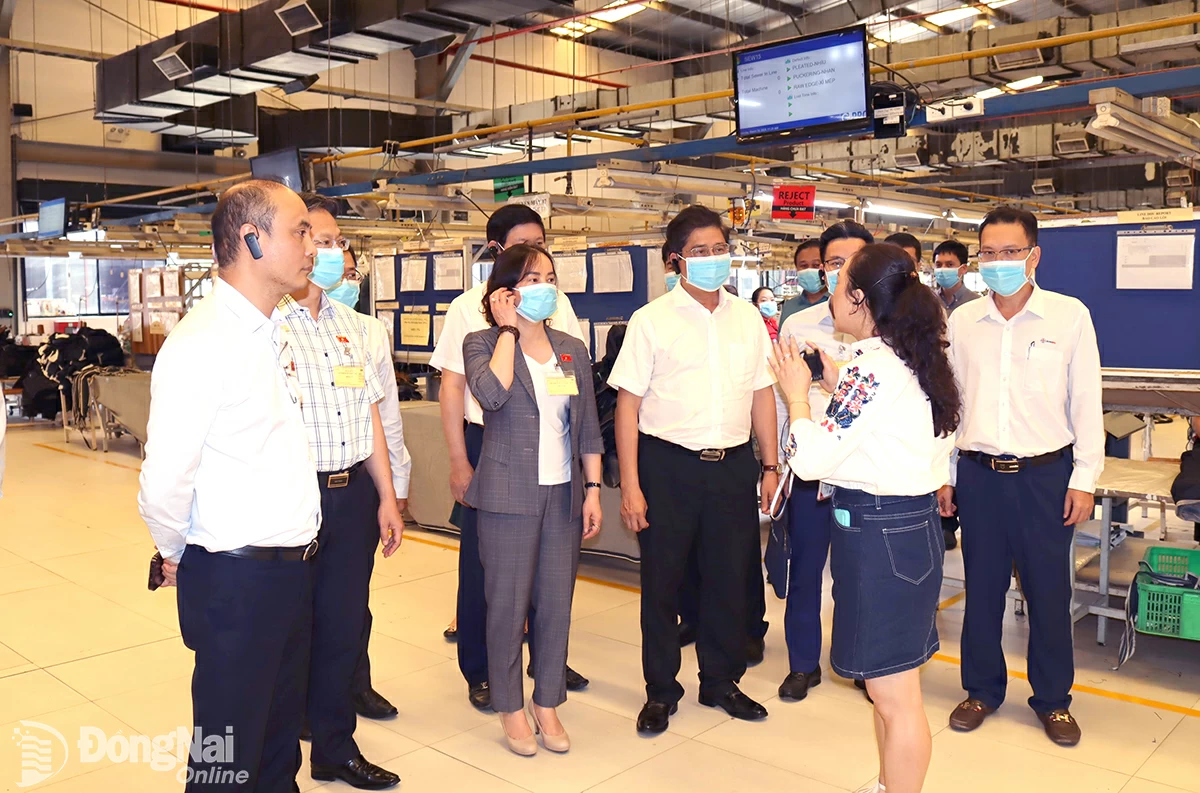 |
| The National Assembly 's monitoring delegation visited enterprises in the Amata Industrial Park (Bien Hoa city). Photo: H.Loc |
This not only promotes green transformation in the industry, but also contributes to improving production efficiency and enterprise competitiveness.
Gradually moving to a circular economic model
Dong Nai is one of the localities with the earliest and most industrial parks in the country, and is also in the group of 6 leading provinces and cities in the country in attracting foreign investment. In each stage, the development of industrial parks is always associated with goals and orientations to suit the national socio-economic development strategy.
Currently, the province’s policy in attracting investment into industrial parks cannot be separated from international commitments and sustainable development strategies. Accordingly, investment projects need to ensure harmony between economic growth and environmental protection, aiming at carbon neutrality, saving resources, improving workers’ lives and minimizing risks to the ecological environment.
Deputy Head of Dong Nai Industrial Zones Management Board Duong Thi Xuan Nuong said that the province with Amata Industrial Zone is piloting the Project on Deploying Eco-Industrial Zones in Vietnam under a program funded by the Swiss Government, through the United Nations Industrial Development Organization (UNIDO). The project has supported 18 enterprises in the industrial zone to apply cleaner production solutions, reuse raw materials, save energy and manage waste effectively.
According to Ms. Nuong, initial results show that businesses have achieved clear benefits in all three aspects: economic, environmental and social. In terms of economics, production costs are reduced by optimizing input materials and energy, while reducing waste treatment costs. In terms of the environment, emissions are significantly reduced, contributing to the goal of reducing emissions and responding to climate change. In terms of society, this model helps improve the working environment for employees and increases the social responsibility of businesses.
Recently, the Dong Nai Industrial Park Management Board has proactively researched and proposed many solutions to promote circular economy, focusing on disseminating to enterprises about industrial symbiosis, waste reuse and good implementation of regulations on environmental protection.
According to Ms. Nuong, in reality, many enterprises have been implementing circular economic models and industrial symbiosis to increase competitiveness in the international market. In particular, the group of enterprises from or exporting goods to Europe, Japan, and the US such as Bosch, Nestlé, SMC, Ajinomoto, Schaeffler, etc. are assessed to have effectively implemented these models. For these enterprises, the export market and production scale are constantly expanding; business efficiency also increases accordingly.
Necessary demands from the market and environment
Developing a circular economy and ecological industrial parks is an inevitable trend to meet market demands and legal regulations on environmental protection. However, the model conversion process still faces many barriers and challenges.
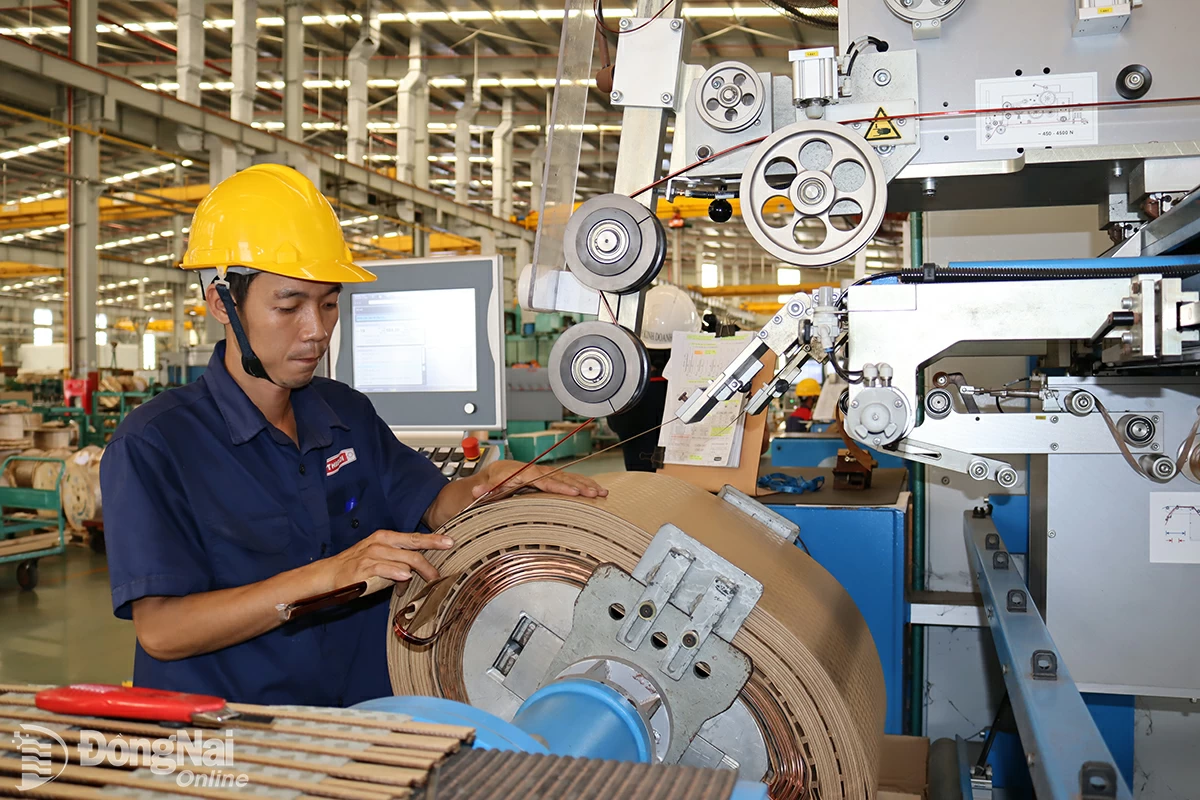 |
| Production workers at the Electrical Equipment Joint Stock Company (Thibidi), Long Duc Industrial Park, Long Thanh District - one of the pioneering factories following the green, circular model of GELEX Group. Photo: HOANG LOC |
Ms. Duong Thi Xuan Nuong said that the Dong Nai Industrial Park Management Board has contributed comments to the Draft Decree on the pilot mechanism for developing a circular economy. In particular, it recommends adding content to remove obstacles in legal regulations related to waste treatment, recycling and reuse.
“This is a key issue in the licensing process for businesses operating in a closed-loop chain, where one business’s waste is the input for another, but there are still many problems,” Ms. Nuong emphasized.
Director of the Institute of Environmental Industry, Associate Professor, Dr. Nguyen Thi Thanh Phuong, said that with a large number of industrial parks and industrial clusters, Dong Nai has advantages to develop a circular model. Synchronous planning and investment in modern technical infrastructure will help the province attract investors with advanced technology, thereby promoting supporting enterprises to meet environmental standards, use energy efficiently, reduce emissions to participate in the global value chain.
“Circulation and ecology are inevitable development trends of industrial parks. In addition to investment capital, it is necessary to apply digital transformation and AI in monitoring and operation. Not only enterprises, but also industrial park management boards, functional agencies from central to local levels, credit institutions, research institutes, and associations also need to participate to realize this goal,” Ms. Phuong proposed.
At the Conference on Current Situation and Solutions for Environmental Quality Control in Urban Areas, Industrial Parks, Industrial Clusters and Rural Areas held at the end of May, Vice Chairwoman of the Provincial People's Committee Nguyen Thi Hoang said that in recent times, the province has issued many policies to improve the effectiveness of environmental protection, including promoting the conversion of traditional industrial park models to ecological, low-emission industrial parks.
In the coming time, the province will direct departments, branches and sectors to step up propaganda, raise awareness of enterprises about environmental protection, efficient use of resources and emission reduction, towards the goal of carbon neutrality. At the same time, develop specific action plans, strictly control emission sources, strengthen environmental monitoring, review policies to better mobilize resources for environmental protection and support enterprises to transform to green, clean and circular production models.
Hoang Loc
Source: https://baodongnai.com.vn/kinh-te/202506/mo-hinh-kinh-te-tuan-hoan-o-cac-khu-cong-nghiep-dd4161f/














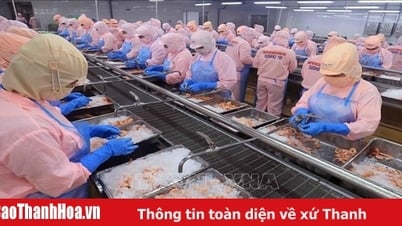

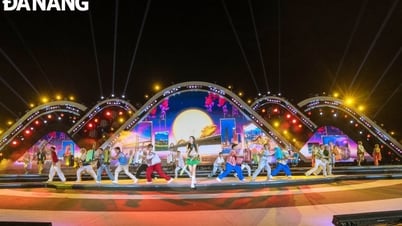

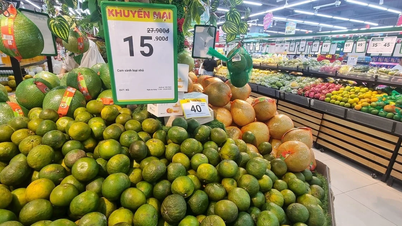





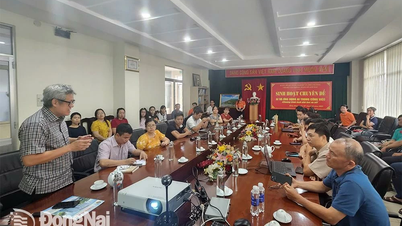
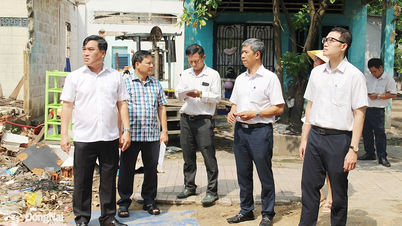

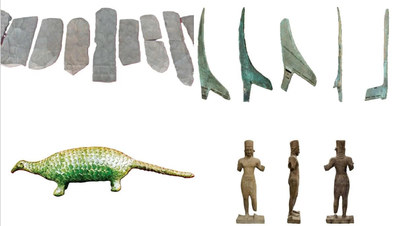



































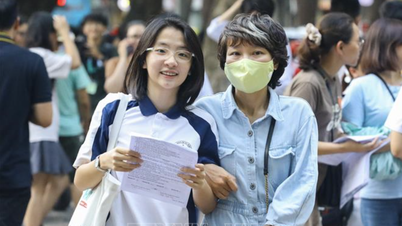
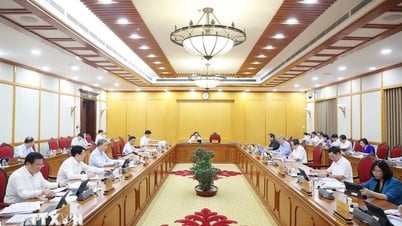












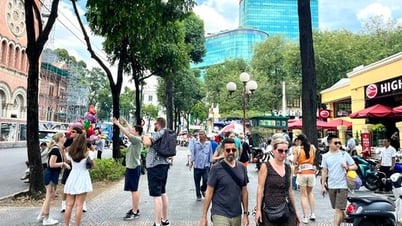
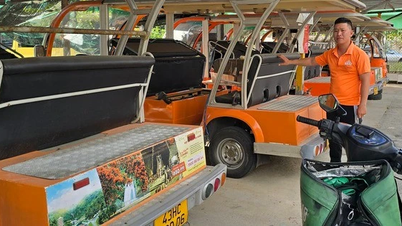

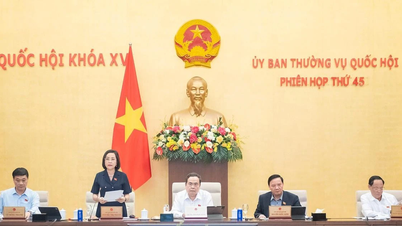
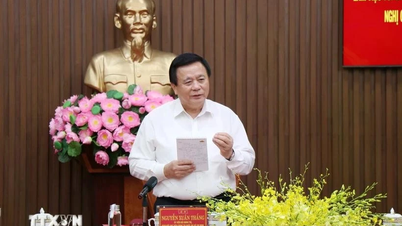
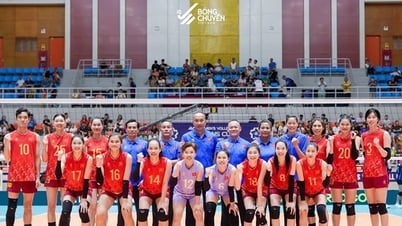







![[OCOP REVIEW] Tu Duyen Syrup - The essence of herbs from the mountains and forests of Nhu Thanh](https://vphoto.vietnam.vn/thumb/402x226/vietnam/resource/IMAGE/2025/6/5/58ca32fce4ec44039e444fbfae7e75ec)





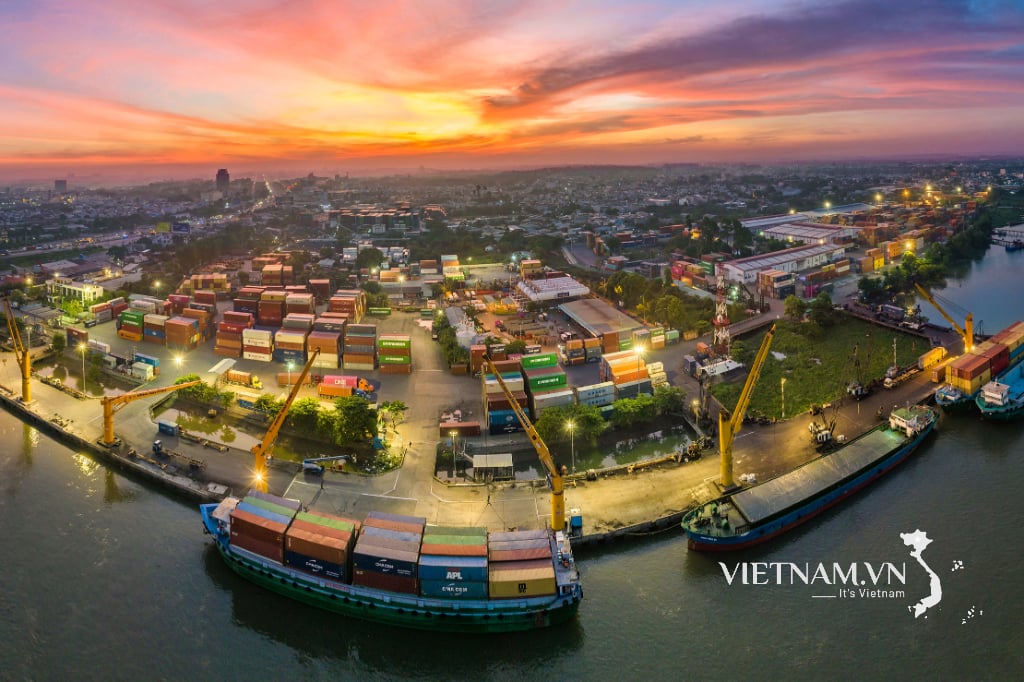
Comment (0)